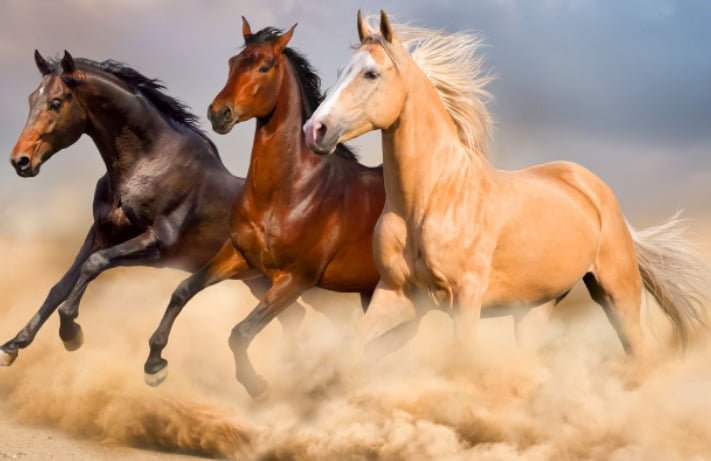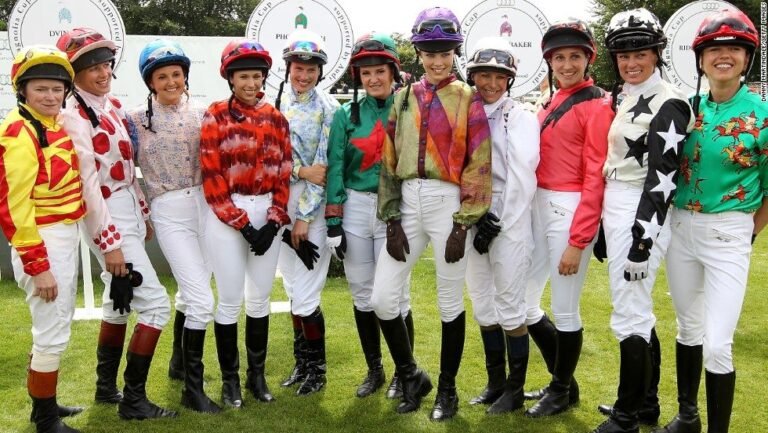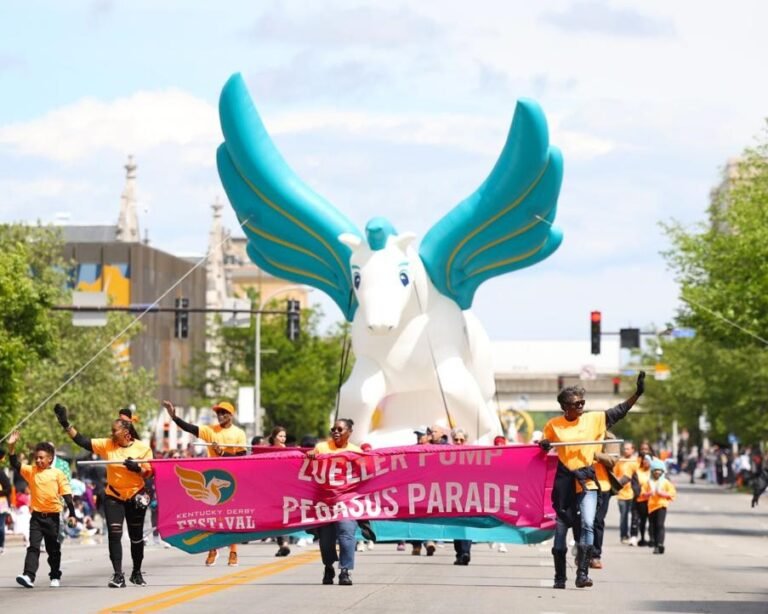What is the Typical Lifespan of an Equine?

Lifespan of an Equine?
You have found the best horse for all of your equestrian quests. It seems like a match made in heaven, so currently you have lots of inquiries, wondering for how long you can anticipate your equine to live.
The average lifespan of an equine is in between 25 to thirty years, although it ranges breeds. It’s not uncommon for steeds to live beyond 40 years old as well as the oldest steed ever before, Old Billy, lived to the age of 62.
With much better nourishment and also treatment, the ordinary life-span of steeds has increased in time. Learn below the length of time you can anticipate your equine to live for, exactly how you can measure their age, and what you can do to prolong their life.
Allows dive into even more details concerning the equine life phases as well as what you can anticipate as your horse develops.
Typical Lifespan of an Equine:
A steed is not considered a grown-up up until the age of 4 as a lot of their growing is not yet total. This varies by region and the discipline the horse is used for. In the racing world, for instance, a horse comes to be an adult when it reaches 5 years of age.
A women foal is called a filly and also a male foal is called a colt. When they start to turn into teenage years, they are after that described specifically as mares, and also either a stallion or gelding, depending upon whether the colt has actually been sterilized (gelded).
By the time a horse is around 15– 18 years of ages, most consider it to have actually entered the Elderly stage. They may begin to decrease and perform with a little less vitality, yet several equines still complete really effectively well right into their senior years. It differs from horse to horse.
Exactly how to Determine the Age of a Steed
The age or date of birth is recorded on these documents if a horse has registration papers or a passport for travel. In some nations such as the United Kingdom, the law needs all steeds to be microchipped, which can also be used to check for the steed’s age. In the event that these are not available, there are alternate methods to determining the approximate age of a horse.
Making use of an Equine’s Teeth to Quote its Age
A horse’s incisors (the six front teeth) have distinct changes as years pass that offer ideas regarding their age. There are lots of helpful YouTube video clips readily available to assist comprehend how to establish the age of a steed by taking a look at the teeth.
Teeth Marks Showing an Equine’s age:
By the time a horse is five years old, all of the incisors will have a hole in them called a cup, which is a dark spot easily seen looking down at the bottom row of teeth.
Each year, consecutively, the cup will certainly wear off from a pair of teeth, beginning in the front center. When the equine ages one more year, both simply to the outside of the center teeth will wear off next, and so on. When all of the mugs have actually worn away, a horse is around eight to ten years old.
Another mark that can assist us in evaluating a horse’s age is the dental star. Oral stars first show up on the lower central incisors when the equine gets to 6 years old. They begin as a thin dark line before the mug and also come to be bigger as well as more oval-shaped with time.
By the age of 8, oral celebrities will certainly have come to be very noticeable. They will start appearing on the second incisors as the horse transforms 9 and also sneak onto the outer ones between years 10 and twelve.
By the age of eleven, the upper incisors begin to develop a hook on the back underside of the tooth, in addition to the appearance of what is called Galvayne’s Groove. This is a line that begins near the periodontals as well as slowly relocates down the tooth.
A groove halfway down would indicate an equine is around 15 years old, and also by the age of 20, the groove has actually made its means to the end of the tooth. The length and also form of the teeth likewise give a great sign of a horse’s age. The incisors will certainly end up being much longer and a lot more angled as the horse goes into his elderly years.
Various Other Factors to Think About When Maturing an Equine:
Just like humans, a steed’s body changes as it ages. They might not get grey hair and wrinkles the way people do, but there are some common signs.
Persuaded Back:
A steed back begins to dip downward with gravity as they get older. The withers become extra prominent.
Harsh Coat:
A horse frequently sheds a few of its shine and has a furrier appearance as it ages. The coat is often thicker and denser as they age. Some of the hair around the face may turn grey.
Loss of Muscular Tissue Mass:
The flesh is looser as well as more challenging to tighten than in the past.
Lameness:
The equine starts to have stability problems in some cases. The Adhering to Indications May Also be Indicators of Aging:
- Droopy lips.
- Drooping fetlocks.
- Reduced sight.
- Deep hollows above the eyes.
- GI system concerns.
- Immunity issues (even more prone to disease).
- The Earliest Horse Ever Lived to 62 Years Old.
Remarkably, the popular horse that lived to be the oldest on the planet wasn’t the very best prospect for the title. Old Billy was a large Shire-type steed who resided in the 18th century and functioned well into his senior years. Despite his hard life, he made it into the Guinness World Records by reaching a jaw-dropping age of 62, which is the equivalent of around 165 human years!
Old Billy.
Old Billy was initially bred in Lancashire, UK, by Edward Robinson. He was fairly tall, with a brownish coat and white blaze on the head. For years, he was working as a barge steed towing barges backwards and forwards river canals.
As he went beyond the maximum life expectancy of a typical horse, Old Billy became quite the celeb in his regional community. The musician W. Taylor painted a portrait of him as well as his taxidermied head beings in the Bedford Museum and also Cecil Higgins Art Gallery to his honour.
See our guides right here on the earliest horses in background and also oldest equine types.
Usual Causes of Early Death in Horses.
There are some usual causes of death in horses, a few of which a vet can help you to deal with if discovered early enough.
One of the most usual causes of death in equines consist of colic and various other intestinal issues, Cushing’s illness, and also lameness/laminitis. This is why great veterinary treatment is so crucial.
How Can You Assist an Equine Live Longer?
There are lots of aspects that impact the length of time your equine will live. A few of these are beyond your control, such as genes, dimension and also conformation. On the other hand, you can aid your equine live longer by giving him proper care, nutrition and workout.
As a general regulation, feeding as well as vet exams can make an influence. Preserving good oral care is necessary, as a horse’s teeth continue to expand throughout the life of the pet. Appropriate nourishment and tracking of the immune system can play a crucial duty in enhancing the durability of the equine.
Here is a valuable guide from Oklahoma State College’s Veterinary Medication institution on just how to keep your horse healthy and balanced.
Now let’s dive into some helpful suggestions on what you can do to lengthen your steed’s life depending upon life stage:
Youthful steeds.
It is essential not to bubble wrap your young equine, despite just how delicate you assume he is. Permitting young steeds to live as normally as possible can establish them up for a long and healthy life.
As early as 3 days old, foals must be turned out with their moms so their unguis, social skills and musculoskeletal systems can establish. As they grow older, they should be turned out onto bigger fields with various other foals.
Any kind of conformational flaws can be a lot more quickly fixed in the first couple of years of a horse’s life. Similar to grown-up equines, make sure your young one’s inoculations, deworming and also dental examinations depend on date. Expanding equines will certainly also need a better amount of nutrients than various other life phases, so talk to your vet or nutritionist about their diet.
Adult horses.
As with any other life stage, turnout is essential for keeping adult horses physically and mentally healthy. Turnout keeps the muscles well-toned; the joints moving freely and prevents the development of other problems and respiratory diseases later in life. Make sure your horse receives the right amount of exercise if 24/7 turnout is not possible.
Your adult horse will need a diet that suits his activity type, with competing athletes requiring more nutrients than hobby horses. Make sure there’s always a mineralized salt block on your horse’s pasture and in his stable.
Your horse will also need a vaccination and deworming schedule that can be discussed with your vet. Do not ignore dealing with parasites as this can lead to colic. Ideally, send a fecal sample to the lab for analysis once or twice a year to ensure your horse is not overburdened with worms.
Senior horses.
It is every horse owner’s responsibility to make sure their horses can live out their retirement years and receive the best possible care. Older horses require careful monitoring and adjustments in their diet and daily routine.
An interesting study was conducted by Margaret Brosnahan, DVM, and Mary Rose Paradis, DVM from Tufts University. They surveyed the owners of horses between ages 20-40 and studied the records of 467 senior horses that came to the Tufts veterinary clinic between 1989 and 1999. The results showed that colic was the most common health issue in older horses, followed by musculoskeletal and respiratory diseases.
You can delay all of these problems by providing your senior horse with regular turnouts. No matter their age, older horses need to keep moving so their joints and muscles don’t deteriorate. If your horse is just standing around all day on his pasture, take him for walks or put him in a horse walker.
Your senior horse’s teeth and digestive system will also require more attention. As your horse ages, he will become less efficient in chewing and digesting feeds, which can lead to colic and weight loss. Consider using senior feeds or adding high-energy soaked beet pulp or vegetable oil to your horse’s diet. See our guide to the best horse feed brands.
Average Life Expectancy of Popular Horse Breeds.
Knowing how long your horse will live is just a guess because of outside factors as well as unknown circumstances, knowing the breed can give you some insight into how long horses like yours typically live.
The Appaloosa, Arabian, Haflinger, Percheron, and American Paint Horses are among those lucky horse breeds that are known to live the longest. Many small pony breeds will also commonly live into their forties. Meanwhile, horse breeds with many generations of inbreeding such as the Friesian Horse have a shorter lifespan of 15-20 years.
The chart below lists the average life expectancy of common horse breeds:
Horse Breed Life Expectancy.
Thoroughbred 25 – 28 years.
Quarter Horse 25 – 35 years.
Arabian 25 – 35 years.
Appaloosa 25 – 33 years.
Miniature Horse 25 – 35 years.
Shire 25 – 30 years.
Clydesdale 25 – 30 years.
Although this chart is a general representation, often horses of each of these breeds live far past the expected lifespan. Advances in veterinary medicine have made it possible to help our equine friends live longer, healthier lives than they did a few years ago.
It varies from horse to horse:
In some countries such as the United Kingdom, the law requires all horses to be microchipped, which can also be used to check for the horse’s age. They surveyed the owners of horses between ages 20-40 and studied the records of 467 senior horses that came to the Tufts veterinary clinic between 1989 and 1999. The Appaloosa, Arabian, Haflinger, Percheron, and American Paint Horses are among those lucky horse breeds that are known to live the longest. Horse breeds with many generations of inbreeding such as the Friesian Horse have a shorter lifespan of 15-20 years.





